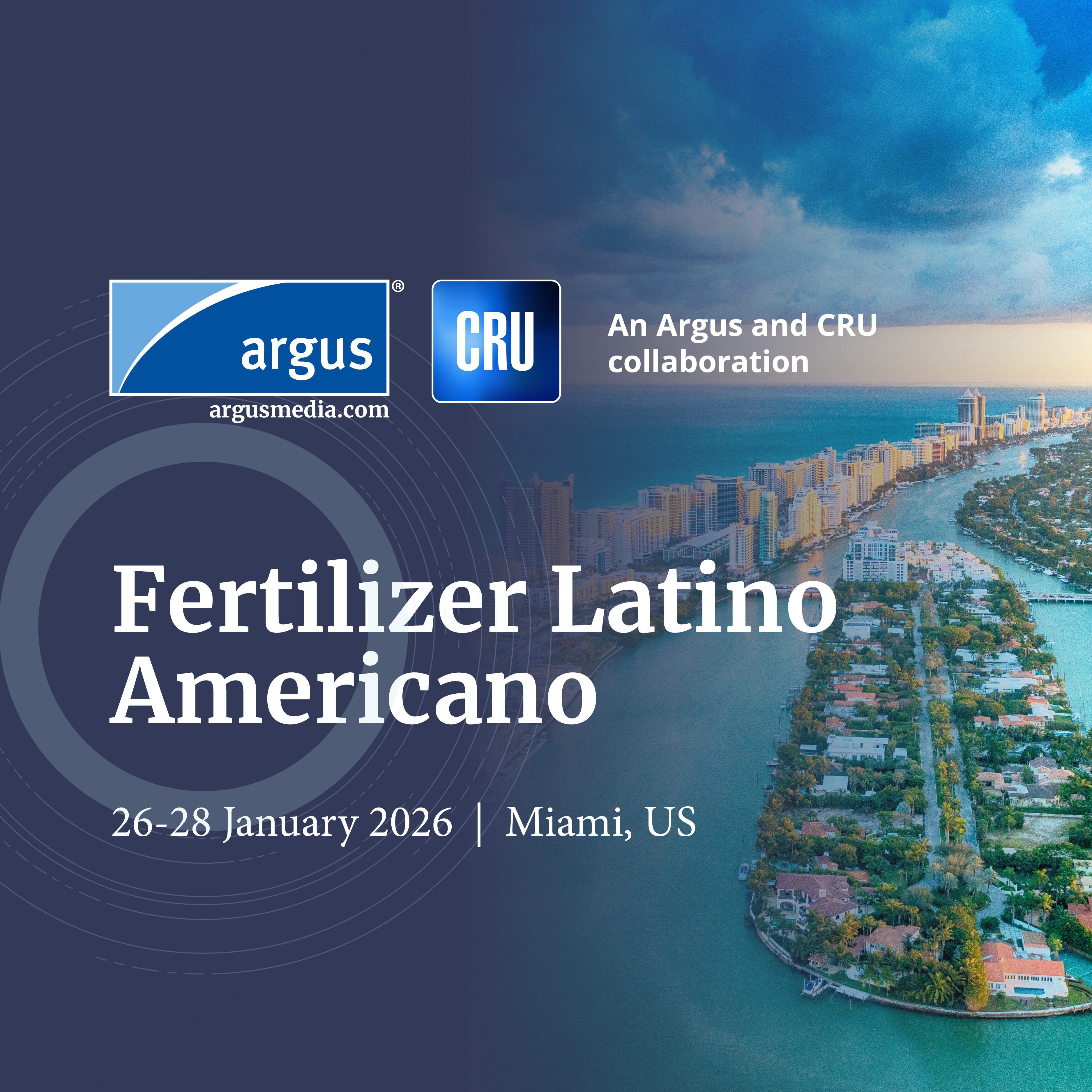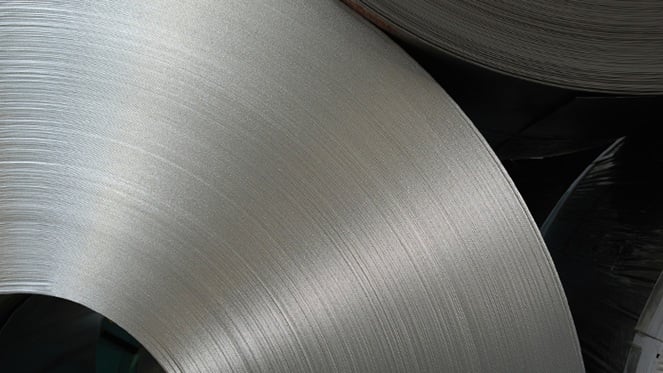CRU Group, the global mining, metals and fertiliser business intelligence company, have announced a one-stop global greenhouse gas emissions data shop – the CRU Emissions Analysis Tool.
CRU data in this service is calculated according to the GHG Protocol Corporate Accounting and Reporting Standard. It differs from the self-published emissions by asset owners only because it is completely standardised and comparable across assets. While asset owners’ individual reporting requirements or preferences lead to reported numbers lacking absolute comparability from one to another, CRU provides a completely independent like-for-like assessment across the board. CRU’s data set allows for impartial benchmarking by bringing transparency and comparability.
Such data allows for governments, industry, financial and consumer bodies to quickly and confidently benchmark and make informed data-driven decisions as the global challenge of decarbonising our commodities comes to the fore.
With a depth of understanding of commodity extraction and processing costs, CRU has been evaluating emissions data alongside costs of production since the European Union Emissions Trading Scheme was launched on New Years’ Day in 2005. Its data set has since been extended to encompass all major steel and aluminium-producing assets globally, covering 1,100 assets and an estimated 3 gigatons or 5-6 percent of Scope 1 and 2 global greenhouse gas (GHG) emissions. Although we already include some important Scope 3 categories we will add to these, Copper, Nickel and Nitrogen fertiliser coverage in the coming months. The data matters as miners, metals and fertiliser producers work with their stakeholders to rise to the collective challenge of decarbonising their supply chains, tackling climate change and adhering to ESG standards.
Lavan Mahadeva, Research Director at CRU said: “There are so many complex components and ways of aggregating data that, though highly accurate, the basis of reported emissions can differ significantly. That has generated the need for like-for-like, plant-by-plant and even process-by-process comparisons for greenhouse gas emissions that enable industry participants to more clearly plot their path to decarbonisation, evaluate peers and supply chain partners. As sustainability and emissions reduction are pushed by governments around the world ahead of COP26, the CRU data are well placed inform that global endeavour.”
Chris Houlden, Head of Analysis at CRU added: “Mining, metals and fertiliser industries are interconnected and essential, but decarbonising challenges remain significant. In rising to these, producers and their stakeholders will need to reference a granular and standardised data set that aids both policy- and decision-making. This information gap through supply chains is one CRU can fill now. As we look to prioritise decarbonisation it is vital to start with transparent data and to use it constructively to facilitate change.”

















